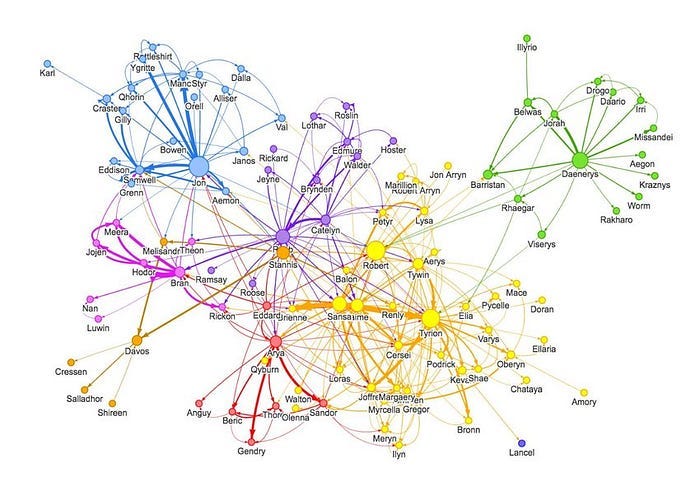Graph Neural Networks Demystified: A Visual and Practical Guide

🌈 Abstract
Understanding the basics of Graph Neural Networks (GNNs) through theoretical concepts, illustrations, and examples.
🙋 Q&A
[01] Understanding Graph Neural Networks
1. What is a graph and how is it represented?
- A graph is a data structure comprising nodes (vertices) and edges that represent information with no definite beginning or end.
- Nodes can represent entities like users, products, or atoms, while edges represent the connections or relationships between them.
- Graphs can be directed (connection direction matters) or undirected (connection order doesn't matter).
2. How do Graph Neural Networks work?
- Each node has a set of features that define it, like age, gender, or political leaning.
- The nodes are converted into recurrent units or neural network architectures, and the edges house simple feed-forward neural networks.
- The Graph Neural Network performs Message Passing or Neighborhood Aggregation, where the neighboring nodes pass their embeddings through the edge neural networks into the recurrent unit of the reference node.
- The new embedding of the reference node is updated by applying a recurrent function on the current embedding and a summation of the edge neural network outputs of the neighboring node embeddings.
- This process is repeated across all nodes in parallel, allowing the nodes to learn about their own information and that of their neighbors.
- The final embeddings of all nodes can be summed together to represent the entire graph.
3. What are the benefits of using Graph Neural Networks?
- GNNs are useful for tasks like content recommendation and "who to follow" suggestions in social media graphs.
- They can be used for node classification (predicting if content is relevant to a user) and edge classification (suggesting potential connections).
- GNNs can capture the sequential and spatial aspects of graph representations better than traditional methods like adjacency matrices.
[02] Implementing Graph Neural Networks
1. What are the steps involved in implementing a Graph Neural Network?
- Convert the nodes into recurrent units or neural network architectures.
- Convert the edges into simple feed-forward neural networks.
- Perform Message Passing or Neighborhood Aggregation to update the node embeddings.
- Sum the final node embeddings to represent the entire graph.
2. What resources are available for learning and implementing Graph Neural Networks?
- There are graph construction libraries like the Deep Graph Library and PyTorch Geometric that can be used to implement GNNs.
- The article suggests exploring beyond the content covered and implementing GNNs using the reader's choice of tools.
Shared by Daniel Chen ·
© 2024 NewMotor Inc.